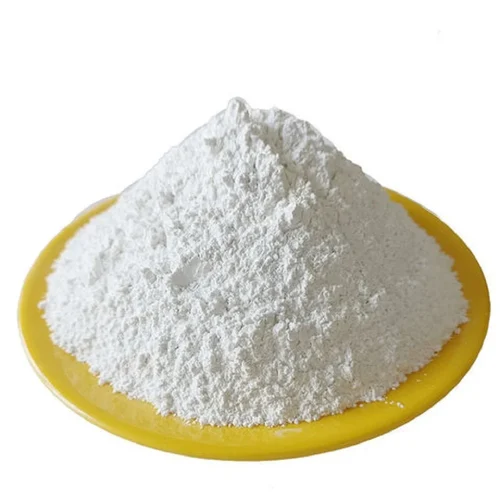From the perspective of filling mineral powder fillers to reinforce polypropylene, ultrafine (micro-nano) magnesium carbonate trihydrate, basic magnesium carbonate, anhydrous magnesium carbonate and other magnesium carbonate powders have the characteristics of light weight, low density and high thermal stability. , flame retardant and smoke suppression, non-toxic and non-polluting, wide sources of preparation raw materials, low price and many other advantages, it is an important new type of environmental mineral material. It has been proven through the practice of Hebei Meixi Biological Co., Ltd. that these fillers can be used as reinforcing agents, fillers and flame retardants for high polymers such as plastics, coatings, and building materials. They can increase volume and reduce costs. In plastics , rubber, coatings, medicine, food, separation and metallurgy and other fields have wide application value.

(1) Toughening of polypropylene (PP)/lightweight magnesium carbonate composite
Hebei Messi Biology Co., Ltd. used melt blending method to prepare polypropylene (PP)/light magnesium carbonate composite materials. Research has found that after the two are combined, the crystallinity of the composite system decreases, the impact strength decreases, and β spherulites are produced, which enhances the toughness of the composite system.
(2) Aluminum hydroxide and magnesium carbonate are used in polyethylene flame retardant materials
Hebei Messi Biology Co., Ltd. adds aluminum hydroxide and magnesium carbonate to linear low-density polyethylene to widen the flame-retardant temperature range of the system. When the addition amount is 50%, the ratio of aluminum hydroxide to magnesium carbonate is At 4:1, the oxygen index of the system is 26, which is better than the case of using aluminum hydroxide alone. In addition, the decomposition temperature of basic magnesium carbonate is 200~550°C, which is larger than the decomposition temperature range of iron hydroxide and aluminum hydroxide. When composite materials burn, basic magnesium carbonate can decompose and absorb heat, releasing crystal water and carbon dioxide to prevent combustion from proceeding.
